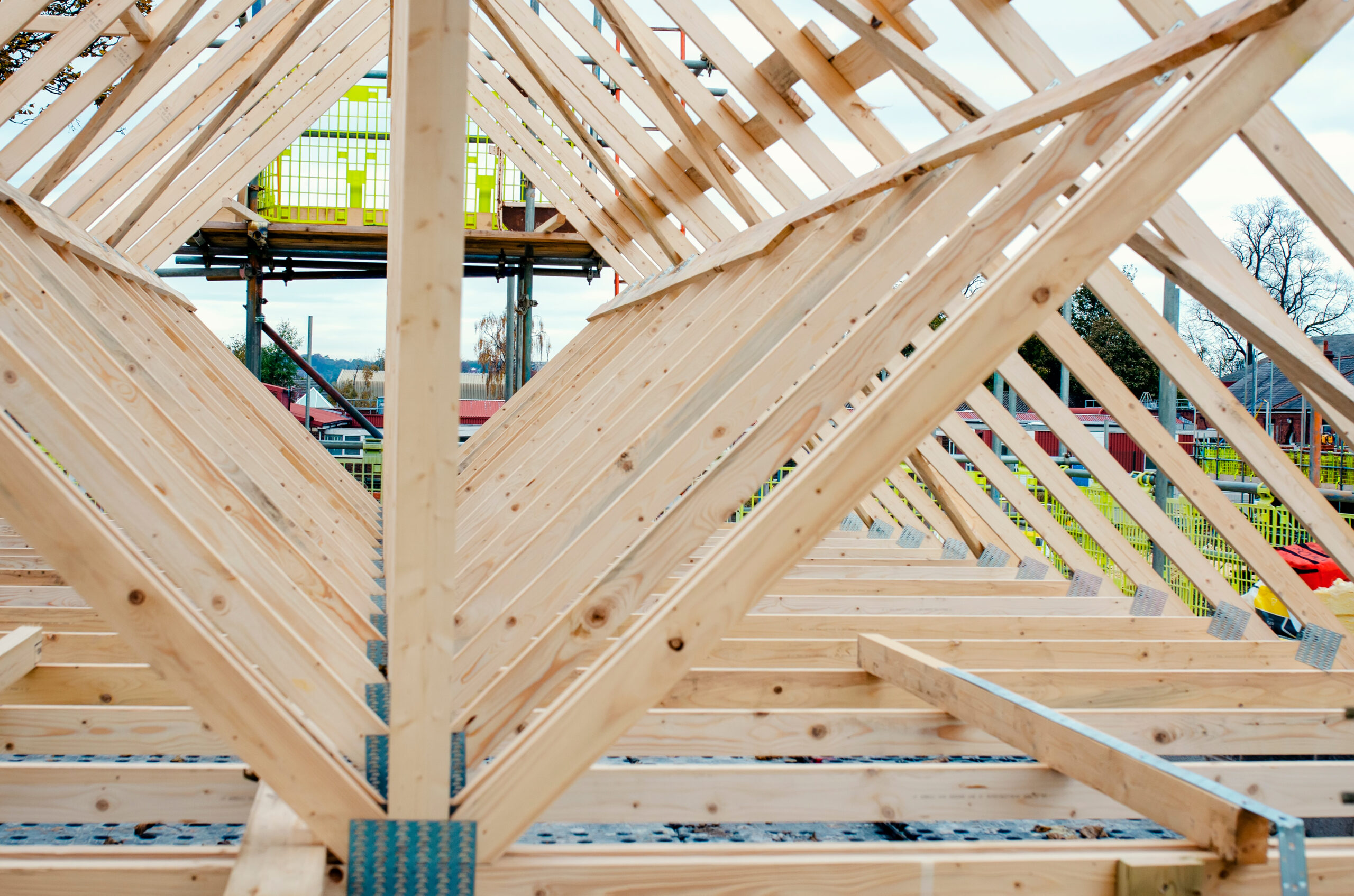It’s the famous nursery rhyme villain’s dream: the third little pig can’t build his house because…there aren’t enough bricklayers. This is something you might have heard when reading about the UK’s housing crisis (which, thankfully, doesn’t involve wolves). Whilst The Chancellor has pledged funds to train up sufficient bricklayers by 2029[1], that’s not likely to make a material impact: a recent article in The Financial Times[2] highlighted that there’s a shortage not just of bricklayers, but of bricks themselves.
The FT’s argument for timber frame is persuasive: the technology available to build high quality housing quickly and efficiently is game-changing. As someone who lives in a prefabricated timber frame home, I’m a (dogmatic) convert.
So why aren’t we popping up timber frames as far as the eye can see? The usual suspect: the upfront cost to the developers is high, and there’s little cash to invest: housing – despite the tales of Baby Boomers making bank – is a hard industry to make money in. Barratt Redrow, the UK’s largest builder generated a paper-thin operating margin of 5%, with a return on capital employed (ROCE) at just 5.9%. For context, Tesco – a stalwart at surviving on scant margins – was just under with a margin of 4.1%, but a ROCE of 12.5%.[3] We’re living in a world where housebuilding is a volume business that’s, on a balanced basis, less profitable than a supermarket.
What’s worse, there’s no growth: the major homebuilders, over the last three years, have predominantly seen revenues decrease.
It’s a broken industry. But with the right primers, there’s an opportunity here: we’re in a housing emergency.
What’s the fix? Targeted fiscal support. The simplest solution might be not to invest in training tradespeople for our past needs, but to invest in a scalable future for homebuilding by letting capital flow into prefabricated housing infrastructure and the trades that complement it and our current needs.
By injecting fiscal stimulus into homebuilding, the incentive to shift away from the now-antiquated technology of bricks is strong. Yes, there is a cost to the public purse from a loss in corporation tax revenues, but this would comfortably be offset by the benefits of providing quality homes to people who need them. Instead of asking if we can afford it, we should consider if we can afford not to do it in the context of our housing emergency.
As for the British aversion to living in something that’s not a ‘traditional build’, the solution is rather simpler: try it, and you’ll struggle to go back. That’s been my experience. And whilst The Wolf hasn’t tried to blow my house down: they’re welcome to try.
[1]http://tiny.cc/oqdh001
[2] https://on.ft.com/3ROtP70
[3] Financial data provided by LSEG

The case for timber: a response to the Financial Times
by
Leave a Reply